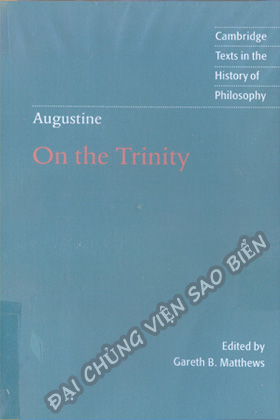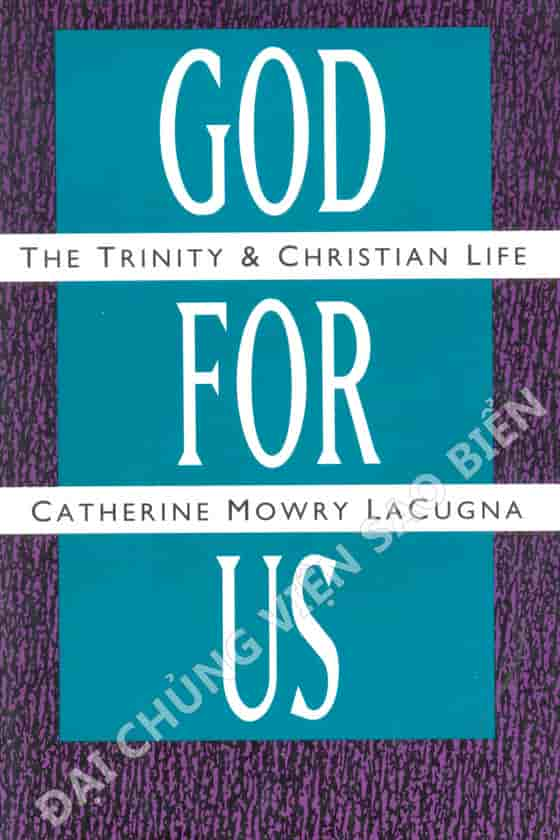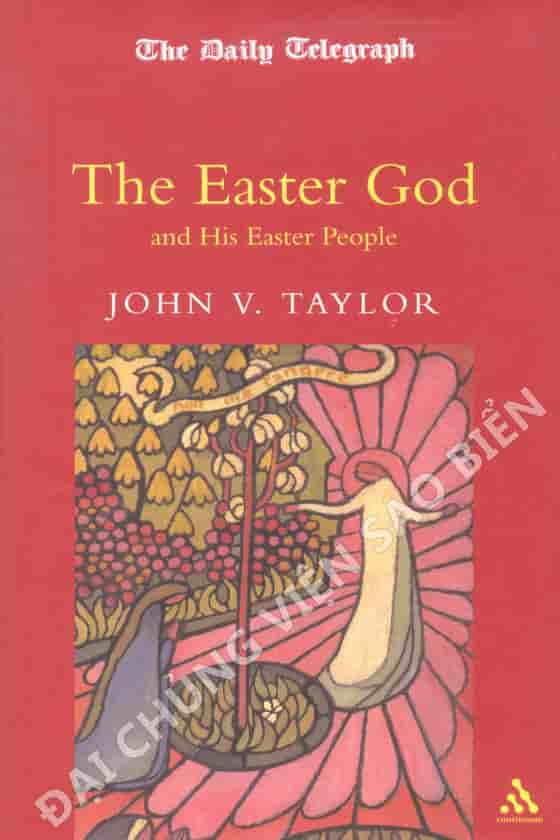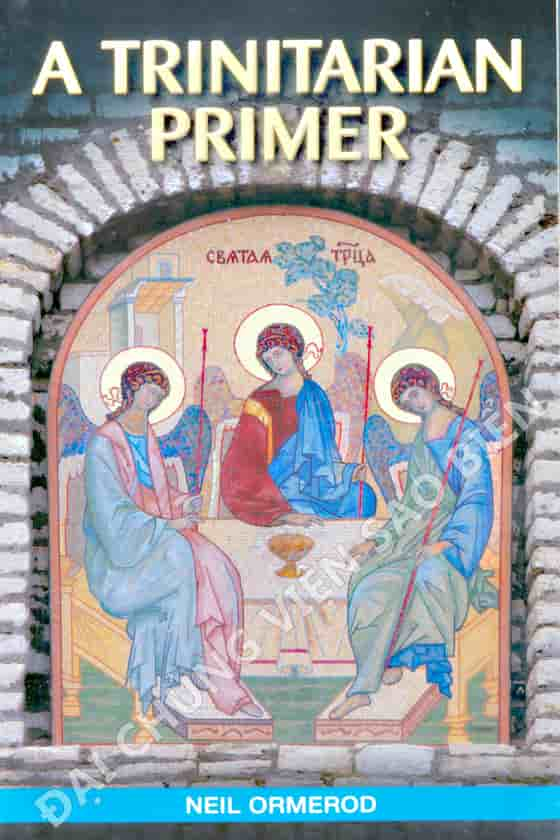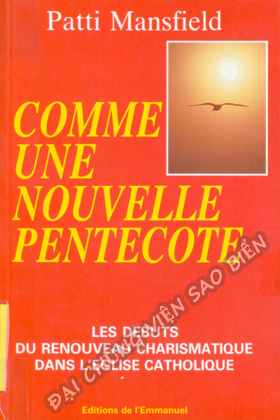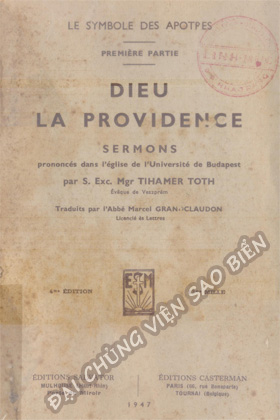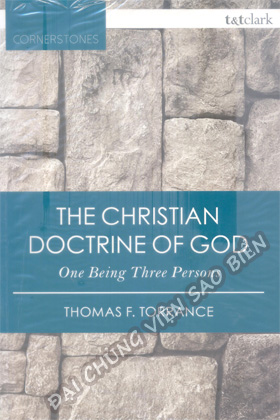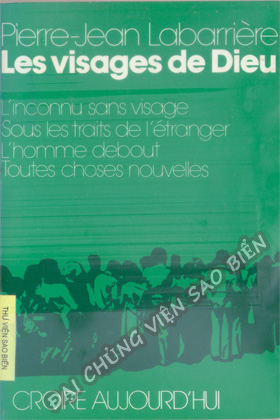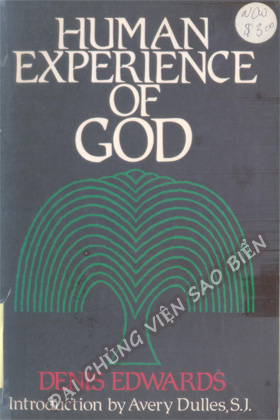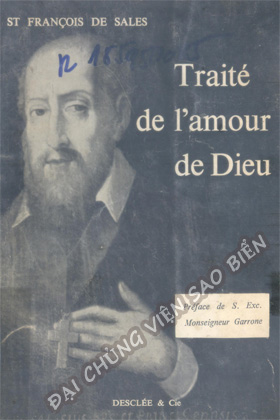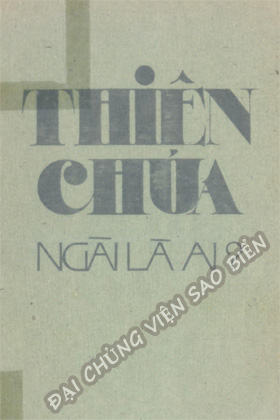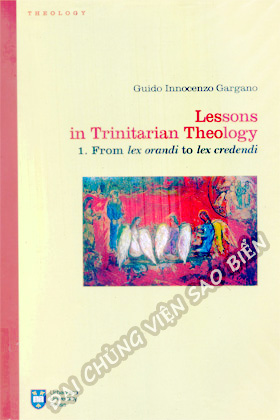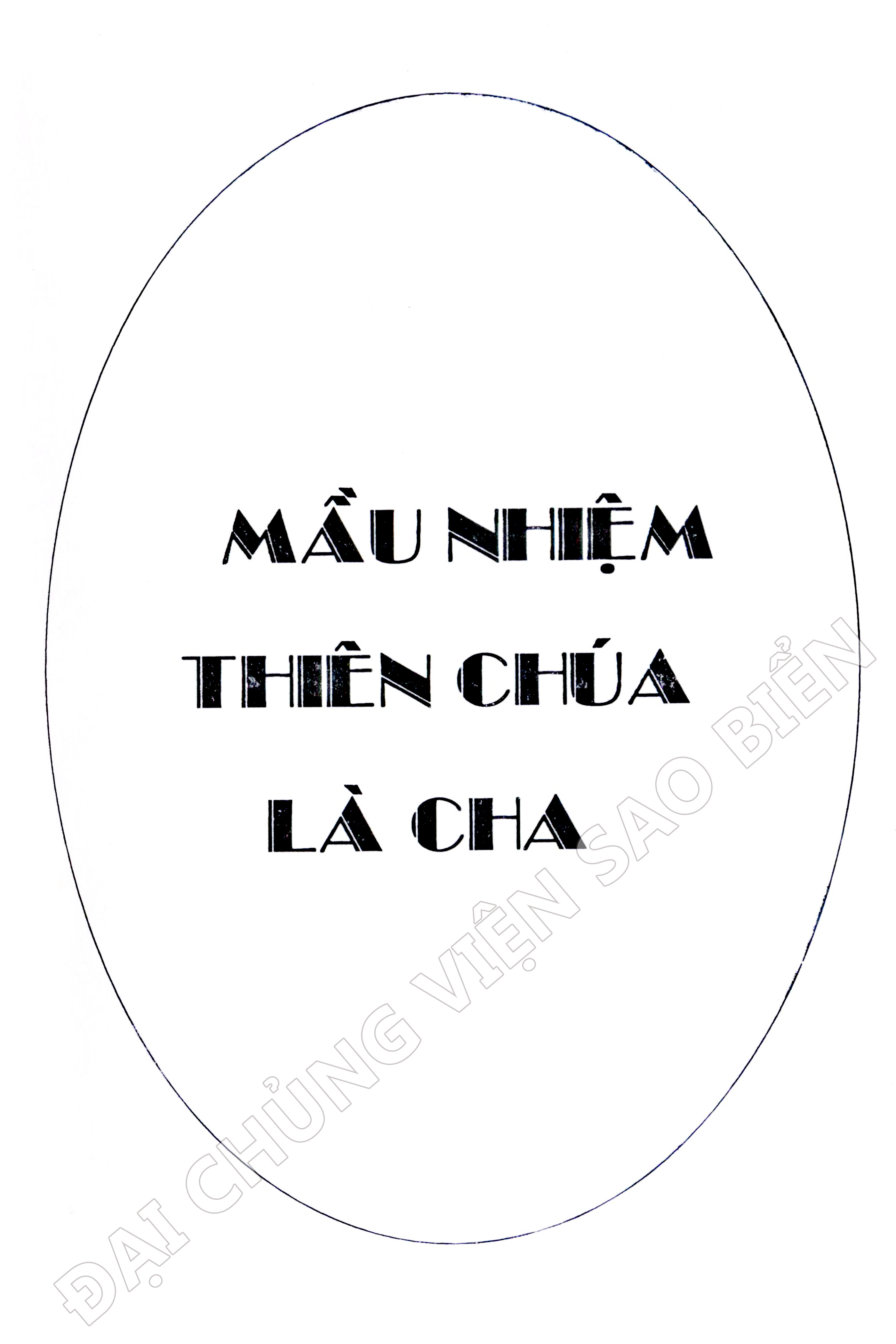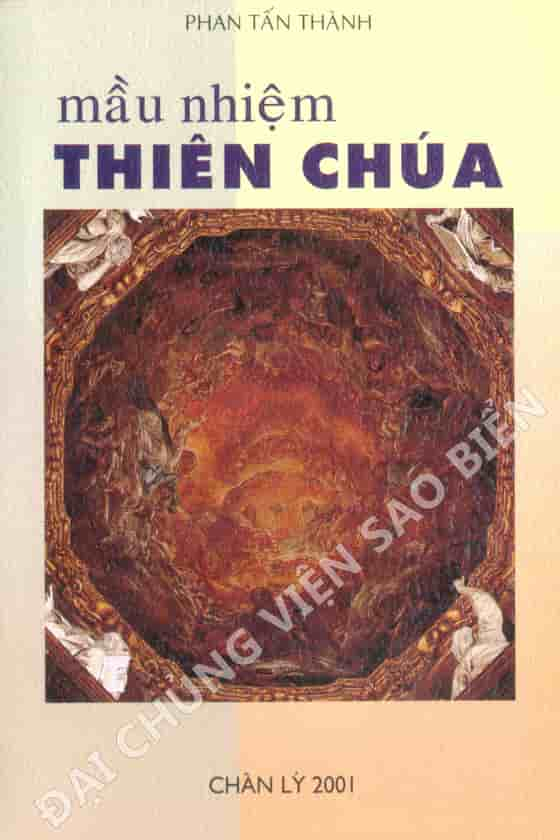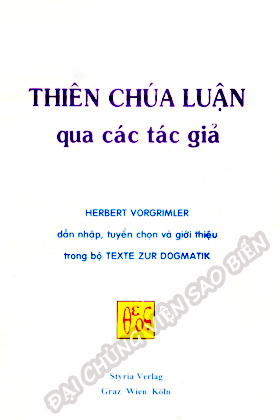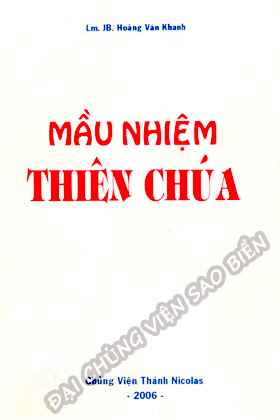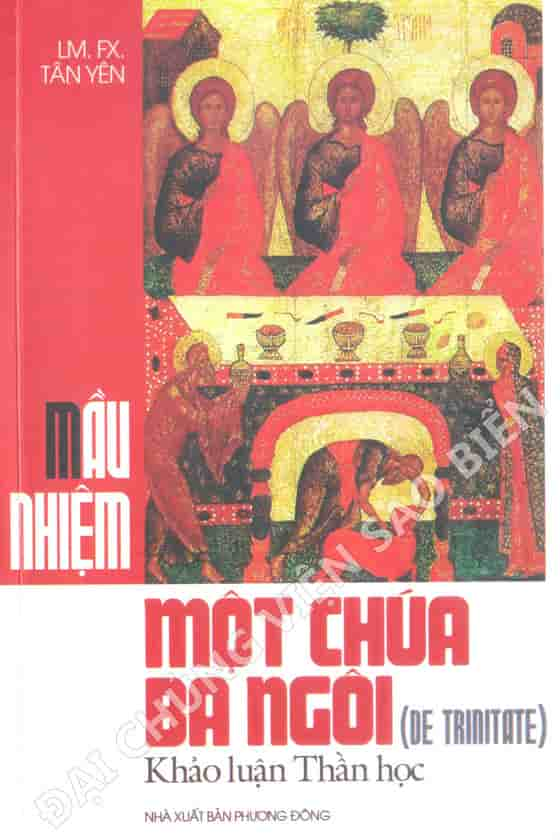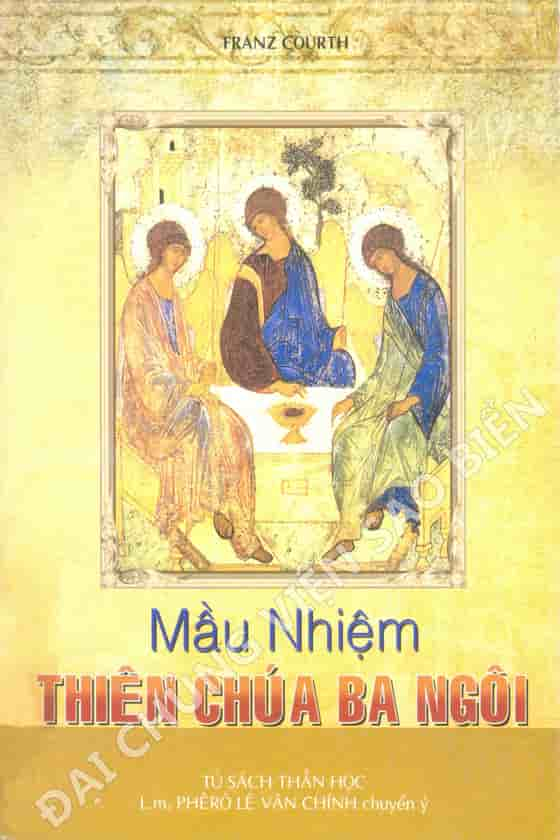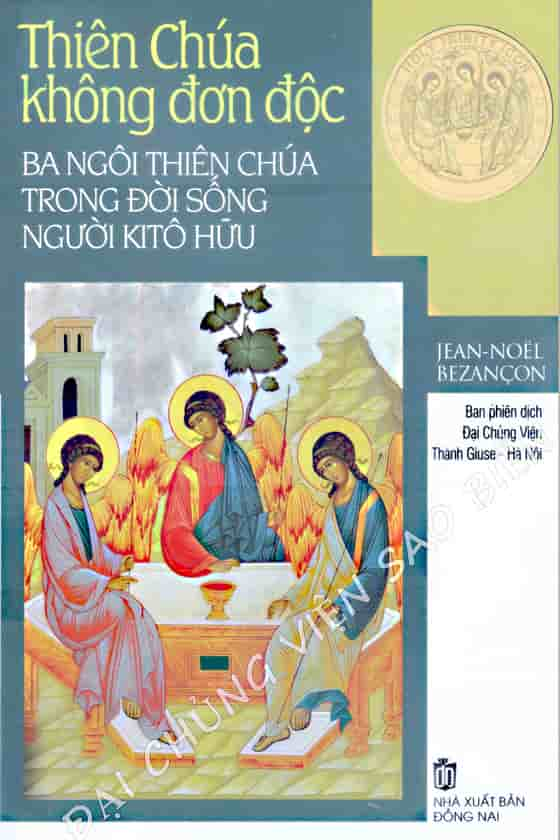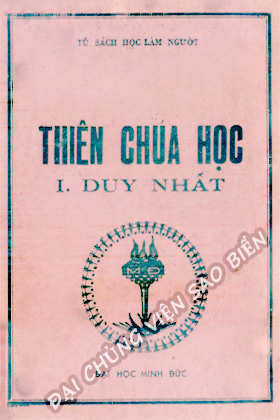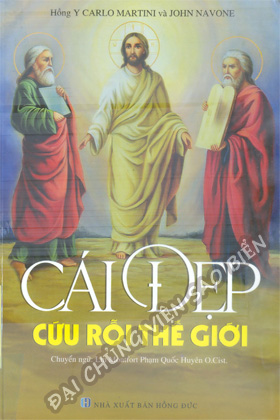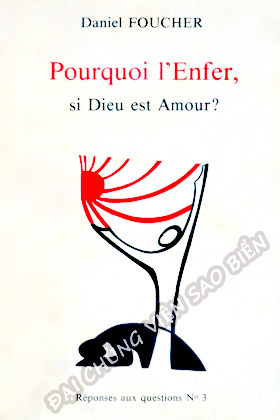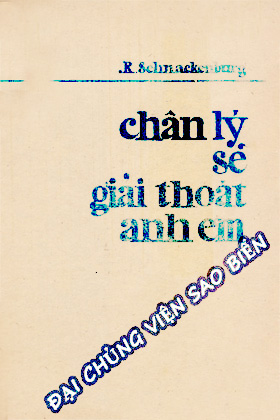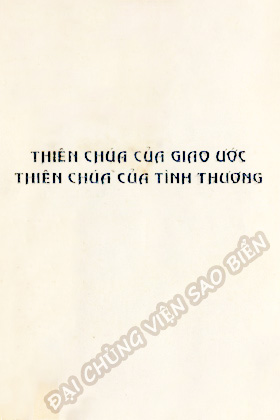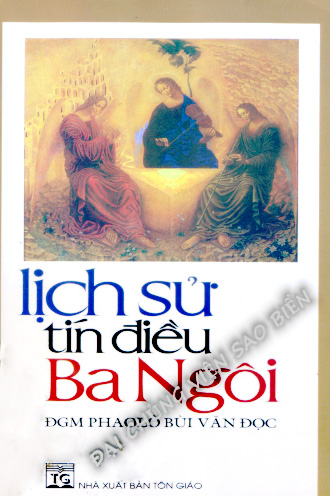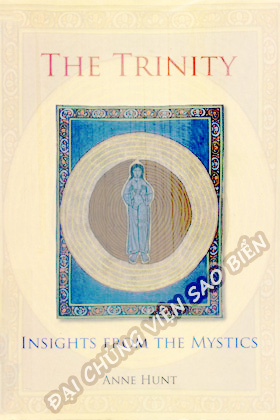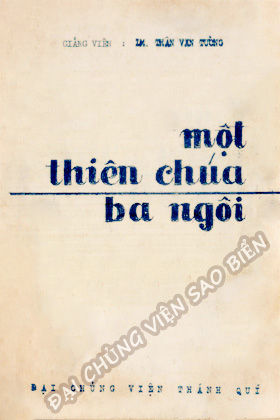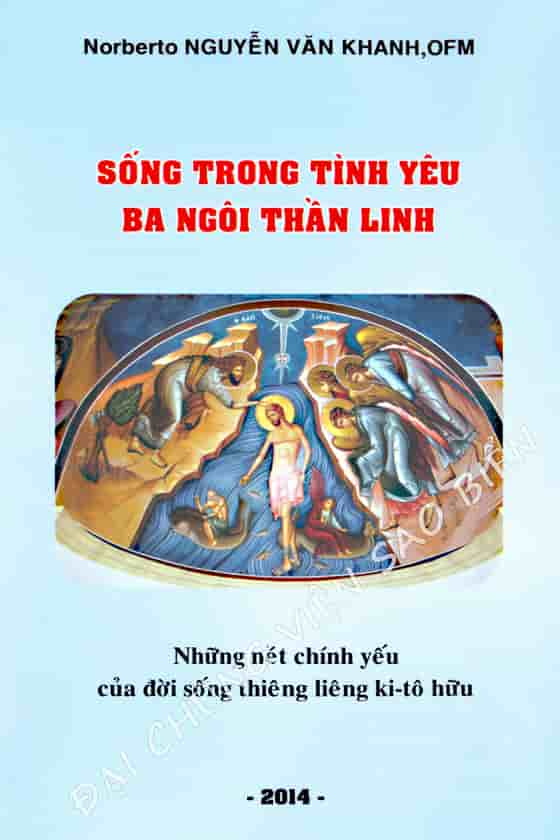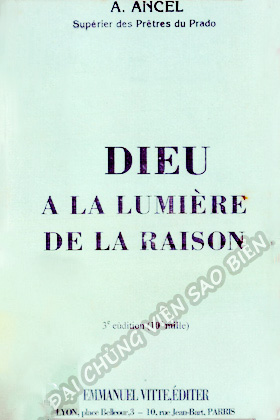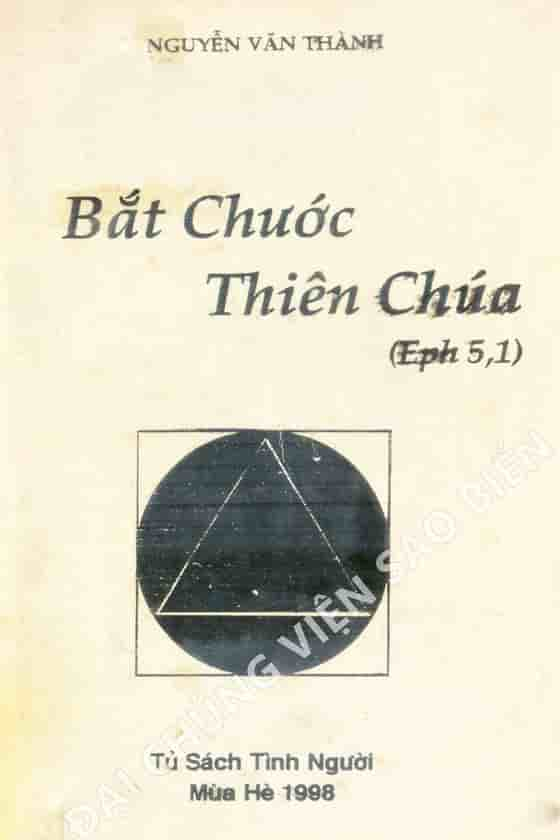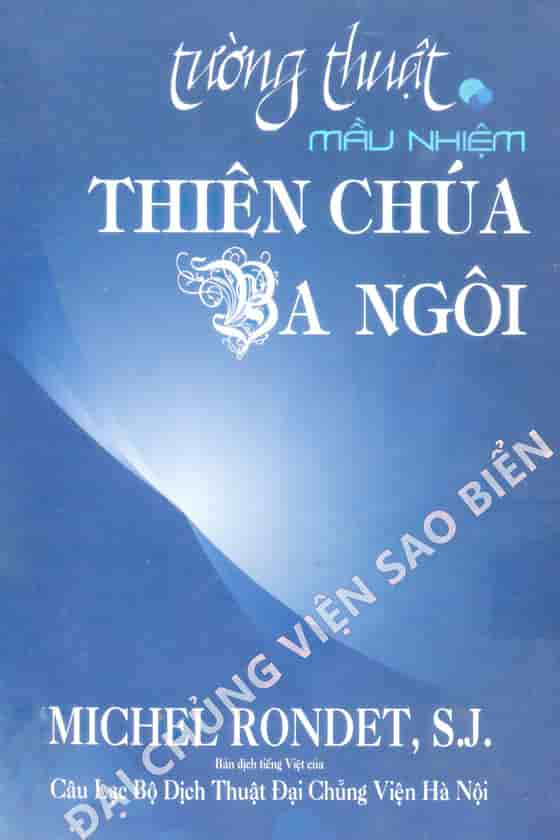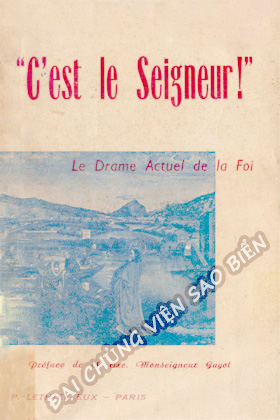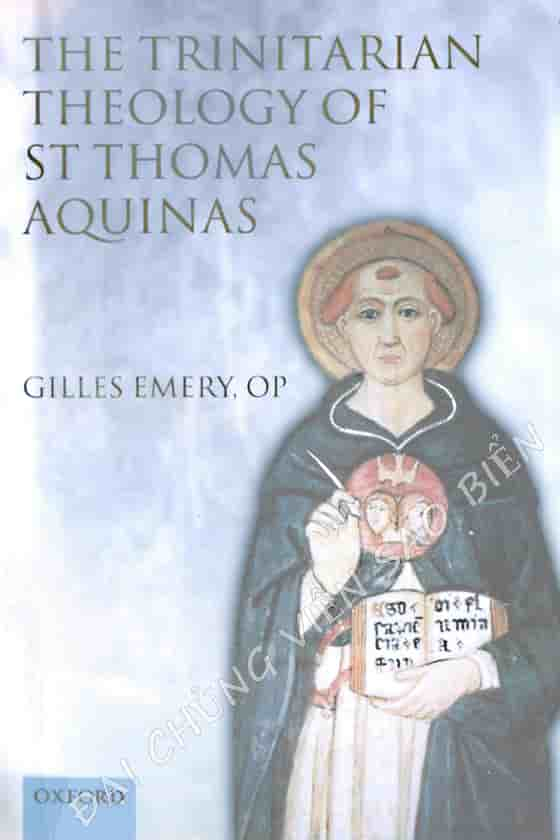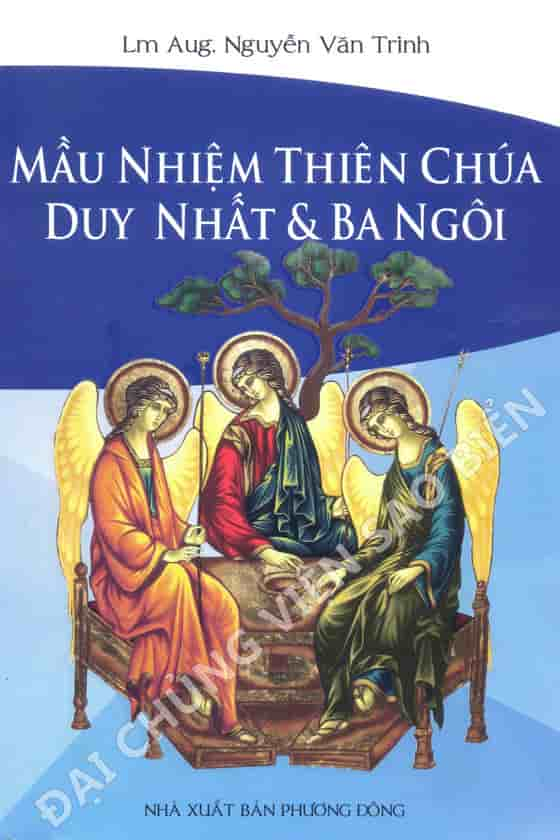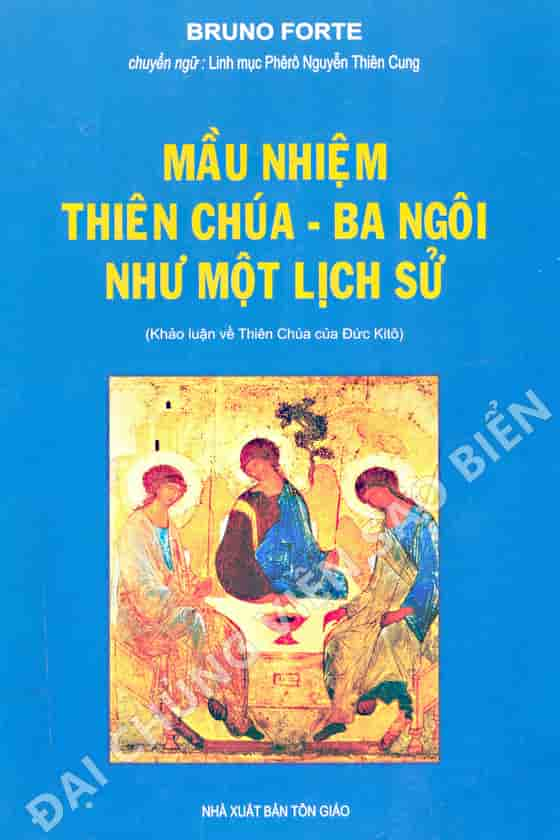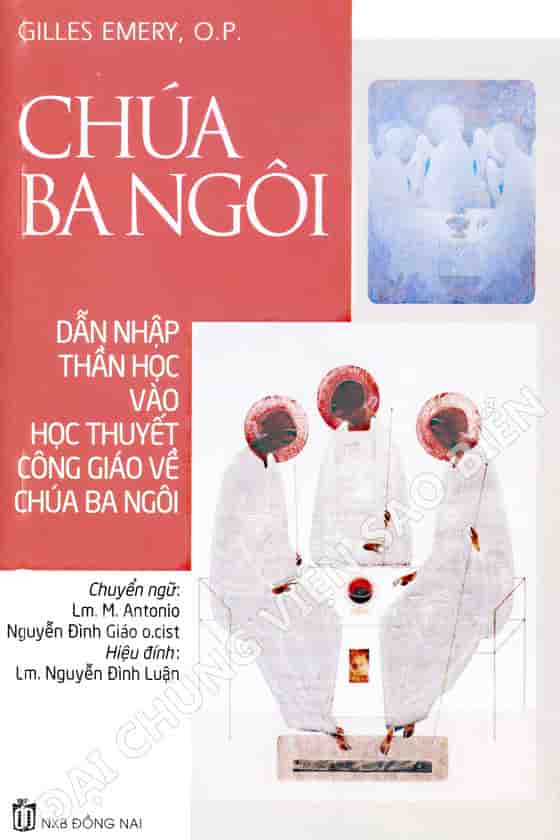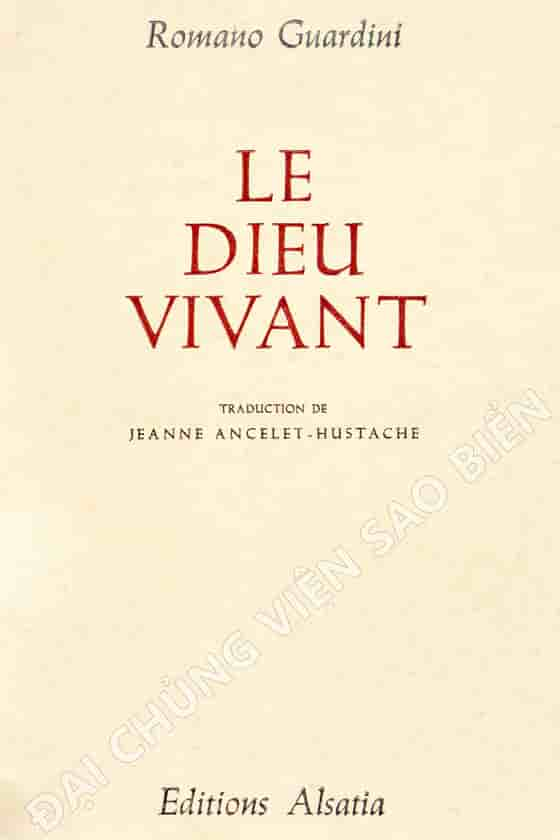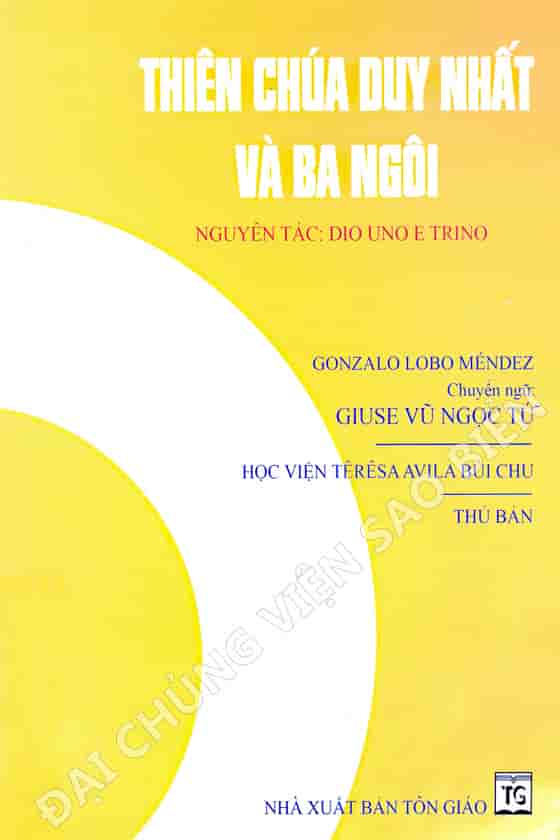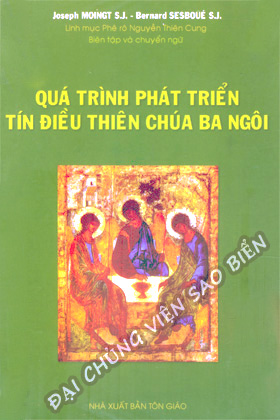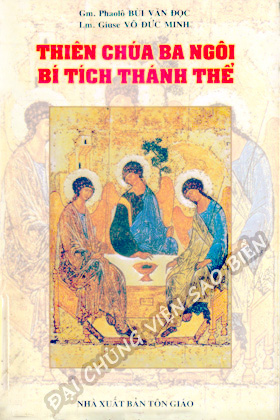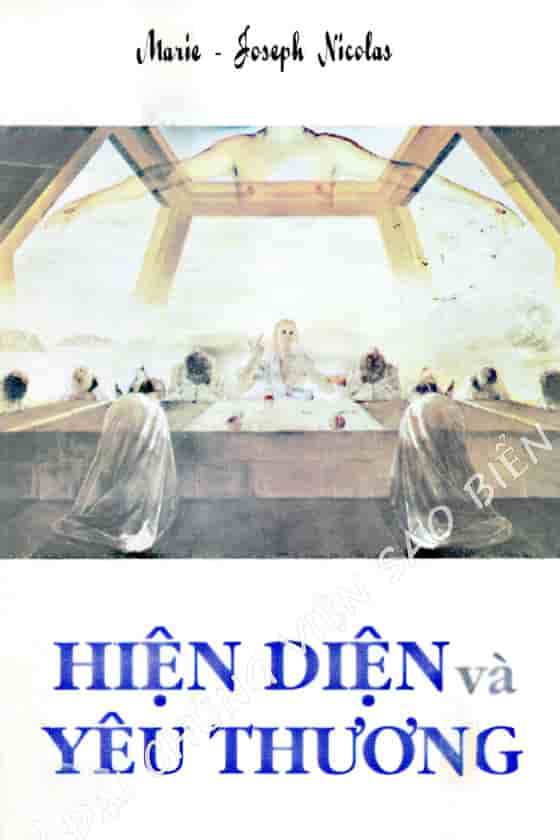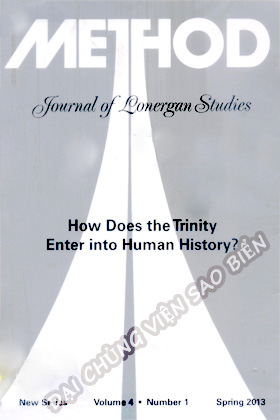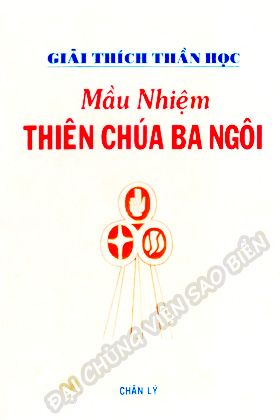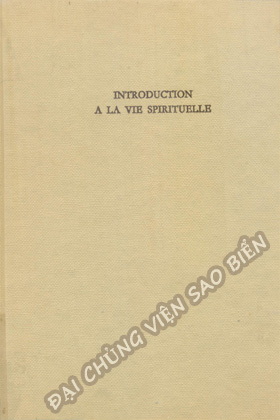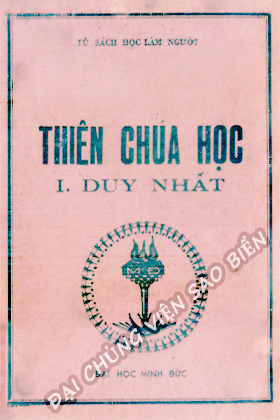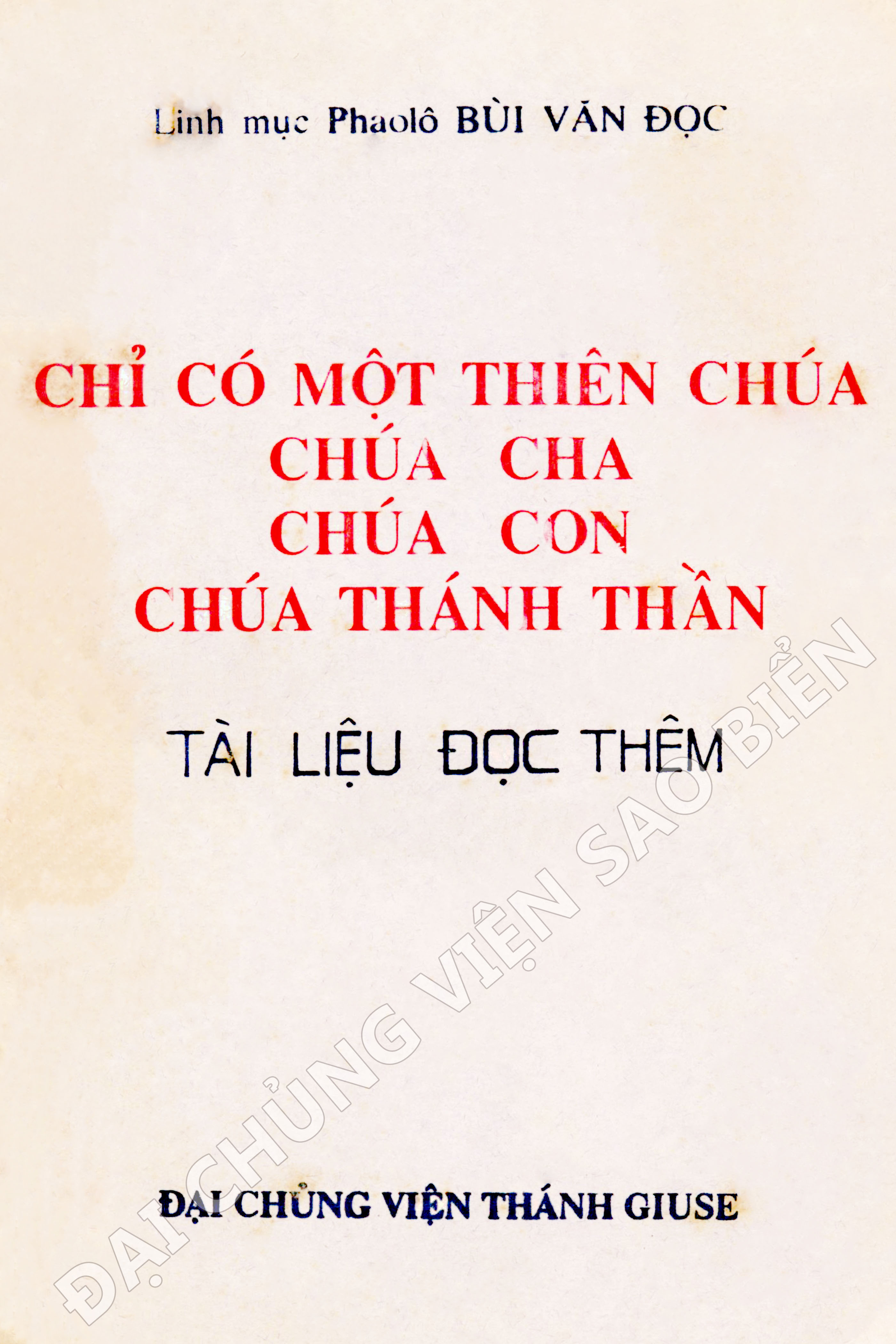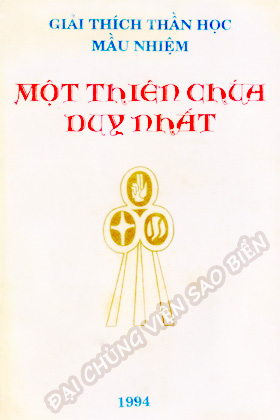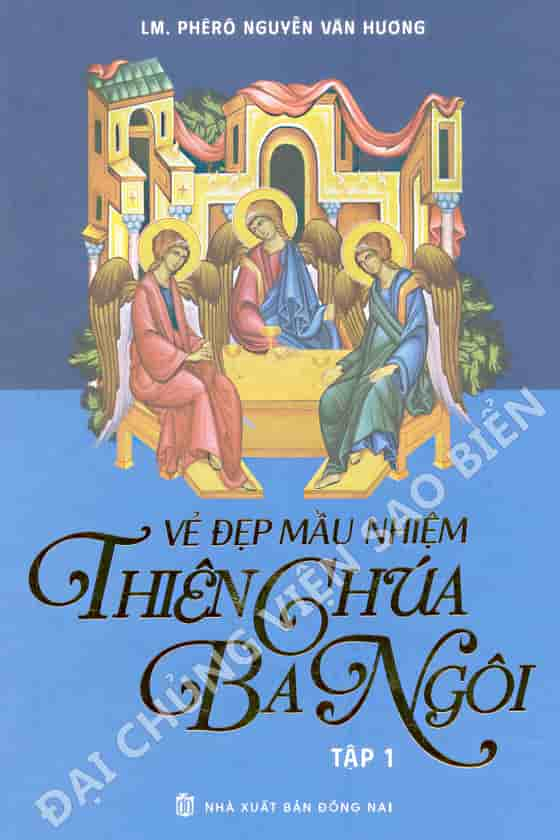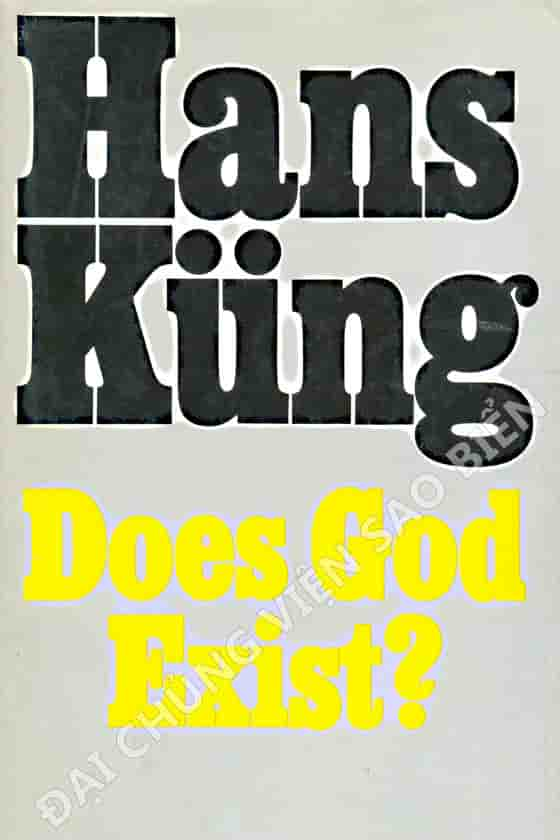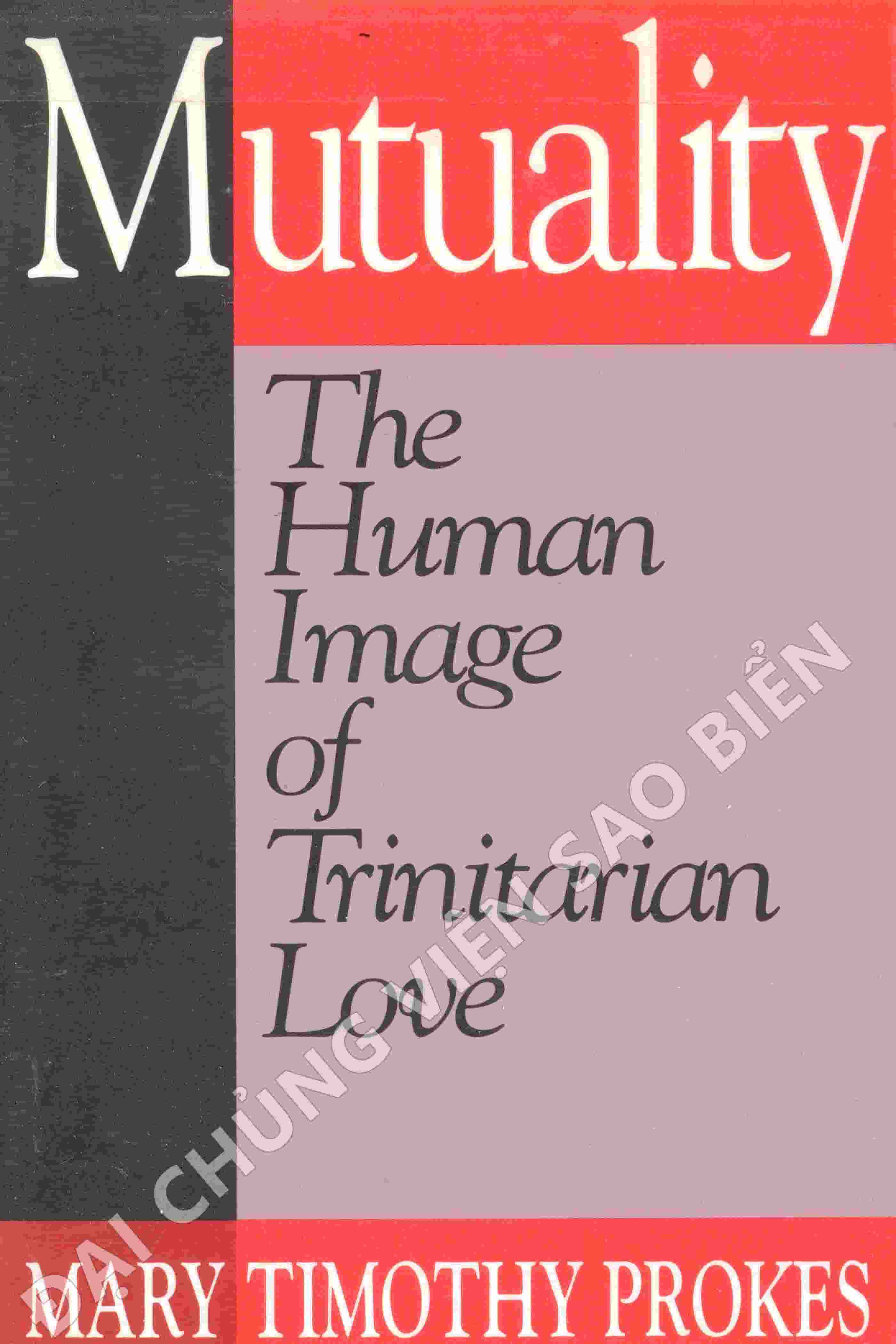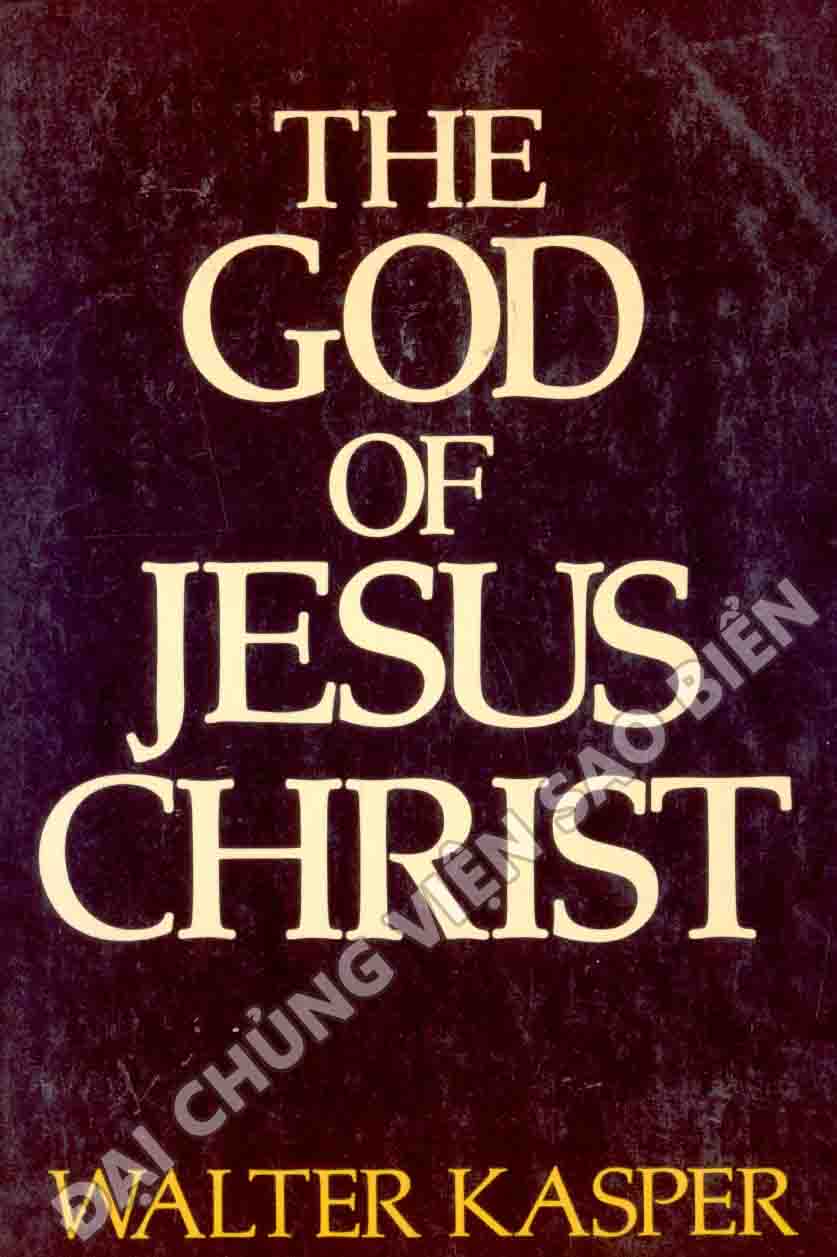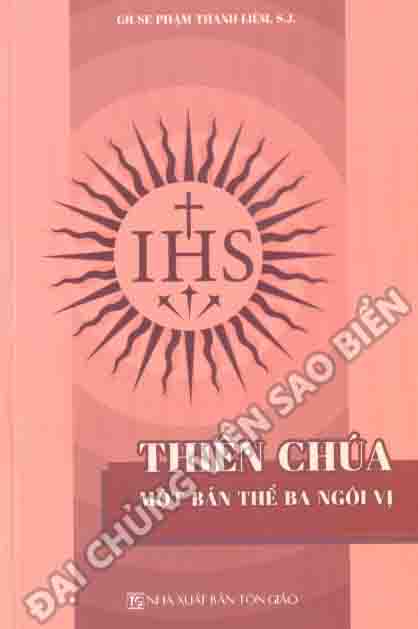Prologue 14
Abbreviations 19
Introduction to the tratise 25
God is revealed as the primary subject of theology 27
The originality of the Christian idea of God 31
The central character of the faith in the One and Triune God 35
The «obscurity» of the Trinity 37
About the structure of the tratise 41
The treatise about God in theological systematic thought 43
The relationship between the «economic» Trinity and the «immanent» Trinity 47
From the economic Trinity to the immanent Trinity 49
From the Trinity to the Economy. The «identity» between the immanent Trinity and the economic Trinity 57
A look at the History 65
The revelation of God in the life of Jesus. A theological-biblical study 71
1. God sent his Son 73
1.1. GOD, THE FATHER OF JESUS 73
1.2. JESUS, THE SON OF GOD 80
1.3. GOD, FATHER OF ALL 83
1.4. JESUS CONCEIVED BY THE ACTION OF THE HOLY SPIRIT 85
1.5.THE BAPTISM AND ANOINTING OF JESUS 87
1.5.1. THE NEW TESTANEBT AND THE CHURCH FATHER 87
1.5.2. RECENT APPROACHES 92
1.6. THE TRINITY AND THE CROSS OF JESUS 99
1.6.1. THE REVELATION OF THE TRINITY IN THE CROSS IN CONTEMPORARY THEOLOGY 100
1.6.2. CONCLUDING REFLECTIONS 113
1.7. RESURRECTION OF JESUS, THE REVELATION OF THE ONE AND TRIUNE GOD 116
2. God has sent into our hearts the Spirit of his Son 121
2.1. THE SPIRIT, GIFT OF THE FATHER AND OF THE RISEN JESUS 121
2.2. THE GIFT OF THE SPIRIT AND ITS EFFECTS AFTER THE RESURRECTION OF JESUS 126
2.2.1. SYNOPTIC GOSPELS AND ACTS 126
2.2.2. THE «CORPUS PAULINUM» 128
2.2.3. THE WRITINGS OF JOHN 130
2.2.4. CONCLUSION: THE RELATIONSHIP OF THE SPIRIT TO JESUS 131
2.3. THE PERSONAL NATURE OF THE HOLY SPIRIT ACCORDING TO THE NEW TESTAMENT 133
3. The son and the Holy Spirit in relation to the One God in the New Testament 134
3.1. SOME TRIADIC TEXTS 136
4. Concluding reflections 139
The preparation of the revelation of the Triune God in the Old Testament 141
1. The revelation of the name of God 144
2. The figures of mediation in the Old Testament 147
The Apostolic and the Apologetic Fathers 155
1. Apostolic Fathers 157
1.1. CLEMENT OF ROME 158
1.2. IGNATIUS OF ANTIOCH 159
1.3. THE LETTER OF PSEUDO-BARNABAS 160
1.4. THE DIDACHÉ 160
1.5. THE «STEPHERD» OF HERMAS 161
2. The Apologetic Fathers 162
2.1. JUSTIN 163
2.2. TATIAN 166
2.3. ATHENAGORAS 168
2.3. THEOPHILUS OF ANTIOCH 170
The theology between the end of the II century and the III century 173
1. Irenaeus of Lyons 175
2. Tertullian 180
3. Hyppolitus of Rome 189
4. Origen 191
5. Novatian 201
6. Dionysius of Alexandria and Dionysius of Rome 203
The Arian Crisis and the Council of Nicaea. The Anti-Arian Struggle of the IV Century 209
1. The doctrine of Arius 211
2. A first response to Arius: Alexander of Alexandria 216
3. Eusebius of Caesarea 217
4. Marcellus of Ancyra 219
5. The Symbol of Nicaea(325) 221
6. The trials and tribulations following the Council of Nicaea 227
6.1. EVENTS UP TO THE DEATH OF CONSTANTINE IN 337 227
6.2. AFTER THE DEATH OF CONSTANTINE 227
6.3. TOWARD A CHANGE IN THE SITUATION 229
7. Athanasius of Alexandria 231
8. Hilary of Poitiers 237
9. The main events from the year 36 to the year 381 242
The Cappadocian Fathers. The formulation of the Trinitarian Dogma in the First and Second Councils of Constantinople 245
1. Basil of caesarea 249
2. Gregiry if Nazanzius 256
3. Gregory of Nyssa 260
4. The First Council of Constantinople 263
5. From the First to the Second Council of Constantinople 267
6. The medieval Councils 270
From «Economy» to «Theology». Systematic reflection on the One and Triune God 273
«Trinitas in Unitate». The internal life of God: the processions, relations, and the divine persons 275
1. From the divine mission to the «procesion» 278
2. The divine «procesion»: the generation of the Son and the exhalation of the Holy Spirit 280
2.1. THE DIVINE PROCESSIONS AND THE ANALOGY OF THE HUMAN MIND. AUGUSTINE AND THOMAS QUINAS 282
2.2. THE DIVINE PROCESSIONS AND INTERPERSONAL LOVE, RICHARD OF ST. VICTOR 286
3. The divine relations 290
3.1. THE RELATIONS IN GOD ACCORDING TO SAINT AUGUSTINE 291
3.2. THOMAS AQUINAS: THE REAL RELATIONS IN GOD 295
4. The divine persons 297
4.1. THE CONCEPT OF «PERSON» IN AUGUSTINE 297
4.2. FROM BOETHIUS TO THOMAS QUINAS 299
4.3. THOMAS QUINAS: THE PERSON AS A CONTINUOUS RELATION 302
4.4. PERSONS, PROPERTIES, APPROPRIATIONS 306
4.5. THE MUTUAL INHABITATION OF THE PERSONS 309
5. Modern questions about the person in God: the «three persons» in the divine unity 312
5.1. UNITY OF SUBJECT IN GOD? ALTERNATIVE PROPOSALS FOR THE TERM «PERSON» KARL BARTH AND KARL RAHNER 313
5.2. THE PERSONS ARE FULFILLED IN THEIR MUTUAL LOVE. THE SOCIAL MODEL OF THE TRINITY 321
5.3. SELF-CONSCIOUSNESS AND OTHERNESS IN THE DIVINE PERSONS 325
Father, Son and Holy Spirit 333
1. The Father, the origin without beginning 335
1.1. SOME ELEMENTS OF THE TRADITION 336
1.2. THE FATHER ORIGIN OF THE SON AND THE HOLY SPIRIT 340
1.3. THE FATHER, ABSOLUTE PERSON? 342
1.4. THE DIVINE PROCESSIONS IN QUESTION 344
1.5. THE FATHER AS RELATIVE PRINCIPLE 349
2. The Son: the perfect response to the love of the Father 352
2.1. THE SON, THE BELOVED OF THE FATHER WHO CORRESPONDS TO THIS LOVE 353
2.2. THE SON AS LOGOS AND IMAGE OF GOD 357
3. The Holy Spirit, communion of love 361
3.1. THE HOLY SPIRIT AS GIFT 364
3.1.1. «GIFT», PERSONAL NAME OF THE HOLY SPIRIT 369
3.1.2. THE SPIRIT AS A GIFT IN THE BELIEVER AND IN THE CHURCH 371
3.2 THE HOLY SPIRIT AS LOVE OF THE FATHER AND OF THE SON 373
3.2.1. THE HOLY SPIRIT AS LOVE IN TRADITION 375
3.2.2. THE MAGISTERIUM AND CONTEMPORARY THEOLOGICAL REFLECTION 378
3.3. THE PROCESSION OF THE HOLY SPIRIT 382
3.3.1. THE PROCESSION OF THE SPIRIT IN THE EAST AND IN THE WEST 383
3.3.2. THE «FILIOQUE» IN THE SYMBOLS AND THE MAGISTERIUM 391
3.3.3. THE ISSUE IN PRESENT TIMES 394
«Trinitas in Unitate». One God in the Trinity. Properties and modes of action 401
1. The unity in the divine essence 403
1.1. THE UNITY OF THE FATHER, THE SON AND THE HOLY SPIRIT 403
1.2. THE PRIMACY OF WHAT IS «PERSONAL» 407
1.3. THE DIVINE ESSENCE 409
1.4. THE UNITY OF GOD AND THE UNITY OF HUMANKIND 414
2. The modes of action and the properties (attributes) of God 419
2.1. DIVINE PROPERTIES IN THE BIBLE 420
2.2. DIVINE PROPERTIES IN THE TRADITION 424
2.3. SOME CURRENT ISSUES 428
«Natural» knowledge of God and the language of analogy 435
1. Knowledge of God from creation 437
1.1. KNOWLEDGE OF GOD FROM CREATION IN THE SCRIPTURES 437
1.2. THE FIRST AND SECOND VATICAN COUNCIL 440
2. The question of analogy 445
2.1. SOME CLASSICAL CONCEPTS 446
2.2. THE CRITICISM OF KARL BARTH AND THE CATHOLIC REACTION: THE «ANALOGIA CHRISTI» SCANDAL 452
2.3. THE «GREATER SIMILARITY» ACCORDING TO E.JUNGEL 458
2.4. CONCLUSION: «MAIOR DISSIMILITUDO» IN GREATER CLOSENESS 462
Epilogue 465
General Bibliography 491
Index of Authors 495







